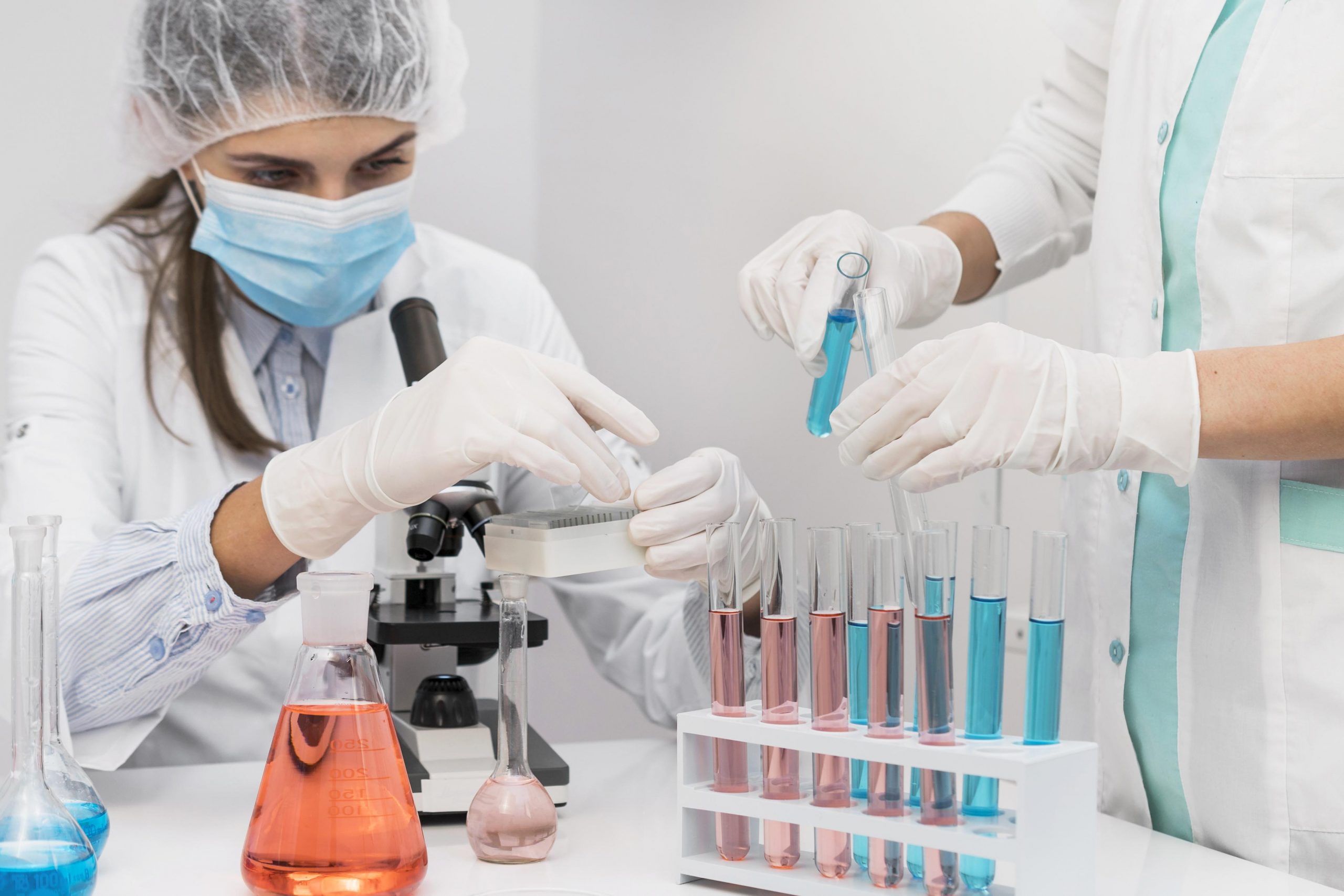

According to recent CU Boulder research, cancer cells are smarter than scientists previously thought. When these cells are met with powerful new medications known as CDK2 inhibitors, which are designed to prevent breast cancer from spreading, they can activate a workaround that allows them to survive the attack in as little as one to two hours.
However, there is a silver lining to the latest study, which was published on June 8 in the journal Cell.
It uncovers how cancer cells complete this adaptation and demonstrates that providing a second, already widely available medicine at the same time may stymie cancer cells and shrink resistant tumors. The findings support the theory, which is presently being tested in at least three clinical trials, that when it comes to treating resistant breast cancer, two medications may be superior to one.
“Our research suggests that you can potentially have a more effective treatment by combining these new CDK2 inhibitors in clinical development with a drug that already exists,” said senior author Sabrina Spencer, associate professor of biochemistry at CU Boulder. “It also uncovers a very basic, fundamental understanding about how the cell cycle is wired for robustness and why so many tumors manage to proliferate in the face of drugs meant to block proliferation.”
A promising new avenue for cancer treatment
The research, conducted in conjunction with the pharmaceutical giant Pfizer Inc., focuses on a new family of medications known as CDK inhibitors.
Cyclin-dependent kinases (CDKs), which include CDK 4, 6, 2, and 1, are enzymes that guide all cells, including skin and breast tissue cells, through the growth, division, and replication cycle. Each enzyme has a specific purpose and has a specific role in the process, and scientists believe that enzymes 4 and 6 initiate the cycle. CDKs can cause tumor development when they are overexpressed or dysregulated.
Since 2015, the FDA has approved three medications that suppress CDK4 and 6 (palbociclib, ribociclib, and abemaciclib), including one for the most frequent subtype of breast cancer, HR+ HER2- (hormone receptor-positive, ERBB2-negative metastatic disease).
The medications have proven to be less toxic and more successful than earlier therapies, driving them to blockbuster status with annual global sales in the billions of dollars.
However, some patients may not respond to them, and many develop resistance, prompting researchers to target a different member of the enzyme family—CDK2.
Pfizer began working with Spencer, a global pioneer in time-lapse cell imaging, in 2016 to investigate how cancer cells respond to their novel CDK2 inhibitor. Over the course of two days, Spencer’s lab photographed living ovarian and breast cancer cells every 15 minutes.
A startling discovery was made early on.
While CDK2 activity in the cells initially decreased after exposure to the medication, it began to return within one to two hours.
“This was the fastest adaptation we had ever seen,” said Spencer. “It was bizarre.”
While the findings were initially discouraging, the researchers maintained their investigation for several years to uncover what was driving this rapid “drop-rebound” phenomenon. It’s similar to a runner returning to a relay race to take the baton from an injured comrade. When the medication inhibited CDK2, CDK4 and CDK6 stepped in to continue nudging the cells to multiply.
Previous study has demonstrated that when CDK4 and CDK6 are inhibited, CDK2 steps in to save the day. According to the new research, the opposite is also true.
The Influence of Co-Drugging
In subsequent experiments, the researchers used CDK2 and CDK4/6 inhibitors to treat cancer cells in petri dishes and tumors in mice.
The tumors stopped growing in both cases.
The team is still investigating why this occurs, but Spencer feels that CDK4 and CDK6 may lurk in the shadows throughout the cell cycle, ready to step in and help when CDK2 fails. She believes that CDK2 inhibitors combined with CDK4/6 inhibitors could eventually be utilized to help breast cancer patients who haven’t reacted well to current treatments, as well as those who have responded well but then relapsed.
The studies also revealed how additional medications could be combined to get better results.
“The mammalian cell cycle is commonly conceived as a well-understood, hardwired, invariant pathway, but our work indicates that the cell cycle is much more plastic than generally believed, with multiple adaptive routes under different conditions,” said Spencer. That’s useful information for any company trying to drug the cell cycle to treat disease.”
more recommended stories
 Can Ketogenic Diets Help PCOS? Meta-Analysis Insights
Can Ketogenic Diets Help PCOS? Meta-Analysis InsightsKey Takeaways (Quick Summary) A Clinical.
 Silica Nanomatrix Boosts Dendritic Cell Cancer Therapy
Silica Nanomatrix Boosts Dendritic Cell Cancer TherapyKey Points Summary Researchers developed a.
 Vagus Nerve and Cardiac Aging: New Heart Study
Vagus Nerve and Cardiac Aging: New Heart StudyKey Takeaways for Healthcare Professionals Preserving.
 Cognitive Distraction From Conversation While Driving
Cognitive Distraction From Conversation While DrivingKey Takeaways (Quick Summary) Talking, not.
 Fat-Regulating Enzyme Offers New Target for Obesity
Fat-Regulating Enzyme Offers New Target for ObesityKey Highlights (Quick Summary) Researchers identified.
 Spatial Computing Explains How Brain Organizes Cognition
Spatial Computing Explains How Brain Organizes CognitionKey Takeaways (Quick Summary) MIT researchers.
 Gestational Diabetes Risk Identified by Blood Metabolites
Gestational Diabetes Risk Identified by Blood MetabolitesKey Takeaways (Quick Summary for Clinicians).
 Phage Therapy Study Reveals RNA-Based Infection Control
Phage Therapy Study Reveals RNA-Based Infection ControlKey Takeaways (Quick Summary) Researchers uncovered.
 Pelvic Floor Disorders: Treatable Yet Often Ignored
Pelvic Floor Disorders: Treatable Yet Often IgnoredKey Takeaways (Quick Summary) Pelvic floor.
 Urine-Based microRNA Aging Clock Predicts Biological Age
Urine-Based microRNA Aging Clock Predicts Biological AgeKey Takeaways (Quick Summary) Researchers developed.

Leave a Comment